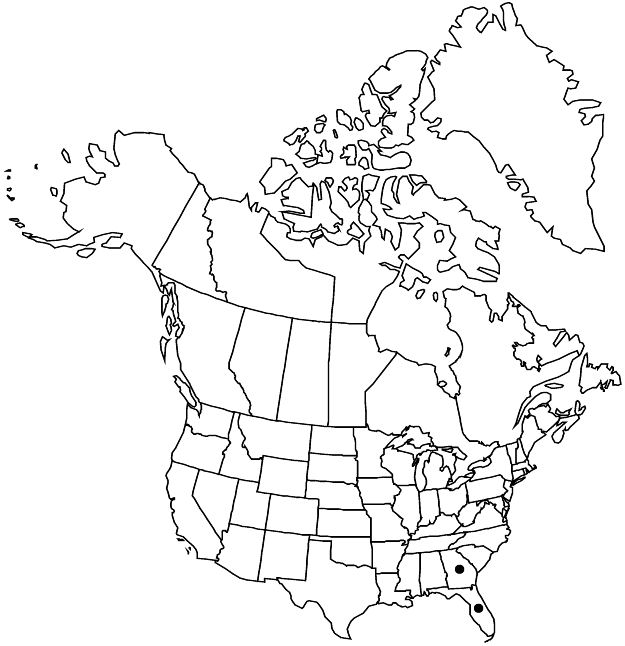Hypericum microsepalum
Smithsonian Misc. Collect. 258: 456. 1878.
Shrubs, erect to ascending, bushy, with ± numerous, sometimes straggling branches, 1.5–7 dm. Stems: internodes 4-lined at first, eventually 2-lined. Leaf blades narrowly oblong or oblanceolate to linear, 5–15 × 1–3 mm, base not articulated, rounded to cuneate, margins recurved to subrevolute, apex rounded to obtuse, midrib with 1–3 pairs of branches. Inflorescences rounded-pyramidal, 1–3-flowered, narrowly branched, sometimes with 1–3-flowered dichasia or branches from to 4 proximal nodes. Flowers 15–25 mm diam.; sepals persistent, not enclosing capsule, (3–)4(–5), oblong or elliptic-oblong to linear, subequal or equal, 3–5 × 1–1.4 mm; petals (3–)4(–5), bright yellow, obovate (larger pair) to obovate-oblong (smaller pair), 10–12 mm; stamens persistent, 60–70; ovary 3-merous, placentation parietal. Capsules cylindric-ellipsoid to narrowly ovoid-conic, 6–8 × 2.5 mm. Seeds not carinate, 0.9–1 mm; testa linear-foveolate. 2n = 18.
Phenology: Flowering late winter–spring (Feb–May), late fall (Nov).
Habitat: Low, pine flatwoods, moist to wet, on sand
Elevation: 0–100 m
Discussion
Hypericum microsepalum is related to H. cistifolium, not to the other four-petaled species attributed to Ascyrum, and can be distinguished from it by the bushier habit and smaller leaves and by the usually four-merous flowers with larger petals.
Hypericum isophyllum Steudel is an illegitimate name for H. microsepalum.
Selected References
None.
